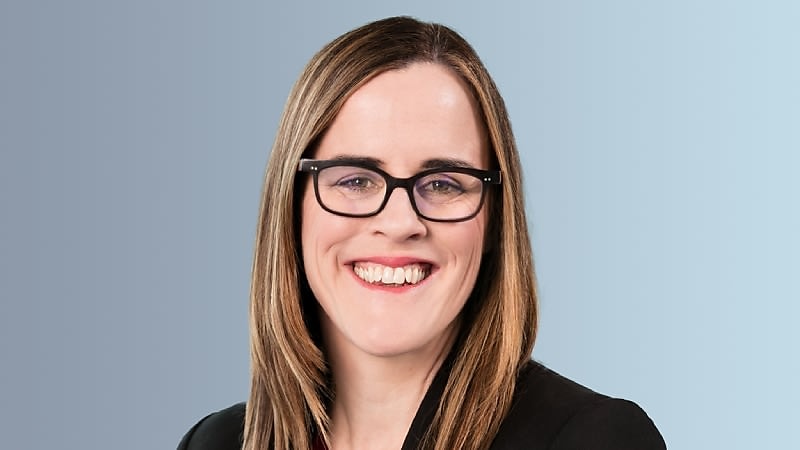Don’t let financial hardship payments turn into illegal early access
Inflation and the cost-of-living is biting hard, and SMSFs are not immune, but accessing funds early could land trustees in hot water with the Regulator warns a leading technical specialist.
Annie Dawson, senior SMSF technical specialist with Heffron, said although legally members can access their superannuation for the reason of financial hardship, meeting the stringent eligibility criteria is extremely hard.
And it’s not the ATO that will determine if the member is actually facing financial hardship but the trustee, so they are the ones who will come under scrutiny if there is any question around eligibility.
“Not only does the trustee have to make sure the member qualifies for severe financial hardship under the super law, but any benefit paid must also be permitted under the fund’s governing rules,” Ms Dawson said.
To get access to a super fund under financial hardship rules, the member has to provide a letter to the fund’s trustee from Services Australia (Centrelink) confirming they have received eligible government income support payments for the required timeframe.
“Services Australia will be able to advise a member if the type of income support payment they receive is eligible as not all of them are, and how long they have been in receipt of the benefit,” Ms Dawson said.
A number of APRA funds can get this information directly themselves, but SMSFs do not have this capability.
The trustee has to also collate more suitable evidence to make the final determination that the member is facing severe financial hardship.
The age of a the member plays a significant part in the eligibility criteria, said Ms Dawson.
Members of any age may be able to withdraw some of their super under the severe financial hardship rules if they have received eligible Commonwealth government income support payments for a continuous period of 26 weeks, and if the trustee is satisfied they are unable to meet their “reasonable and immediate family living expenses”.
Members who do qualify can only receive a lump sum payment which is capped at $10,000 per year which applies to the gross withdrawal – before tax – and only one payment is permitted in any 12-month period.
The member is also required to be receiving income support payments when Centrelink issues the relevant letter and it must not be dated more than three weeks prior to the member applying to the trustee for a benefit.
For members of at least preservation age plus 39 weeks, the financial hardship rules stipulate they must have reached their preservation age plus 39 weeks, have received eligible Commonwealth government income support payments for a cumulative period of 39 weeks after reaching their preservation age, and not be gainfully employed.
In this scenario, the member’s entire account balance may be released in any form including as a lump sum or commencing a pension.
“Remember that a member in this position is already entitled to commence a transition to retirement income stream,” Ms Dawson said.
“Meeting the financial hardship definition would simply mean the balance could be released as a lump sum even if the member is actively seeking employment and therefore unable to meet the permanent retirement condition of release.”
If a member does gain access to their super benefits without meeting the criteria, the full amount of the payment, including the tax-free component, is included in their assessable income and will be subject to the marginal rates of tax.
“Returning the monies to the super fund will not 'fix' this breach,” Ms Dawson said.
“The return of cash or assets will be regarded as a super contribution which will need to be preserved until the member is eligible to access their super benefits.
“There are also potential consequences for the fund trustee ranging from monetary penalties, disqualification as a trustee, removal of the fund’s complying status and imprisonment.”








